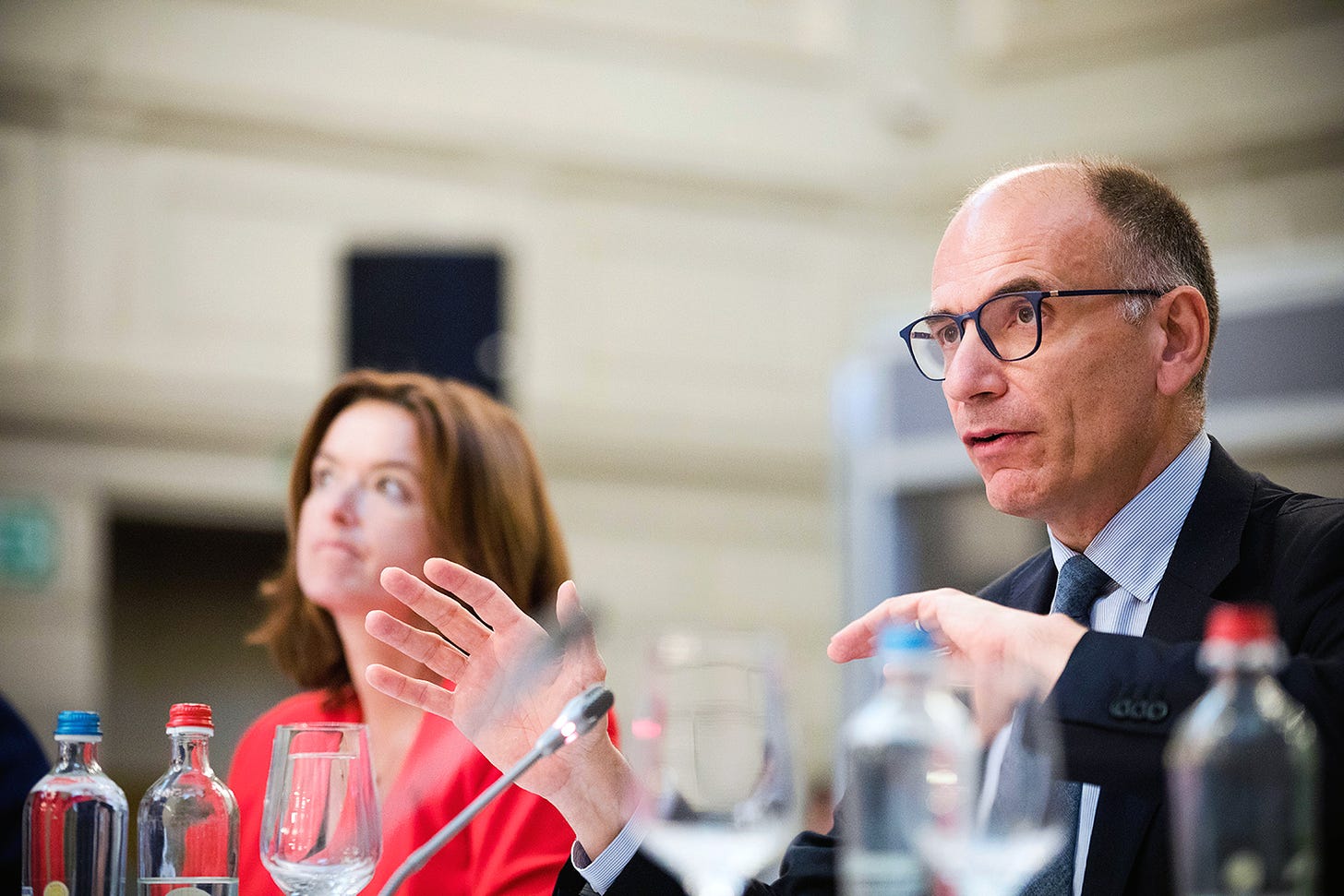
The votes have been counted in 61,400 polling stations and they confirm what the exit poll told us on Sunday night: Italy has lurched to the right.
But not by much.
The four right-parties have 44 percent of the votes. That’s up from 37 percent in 2018, but closer to their historical average.
The right has become more right-wing. The Brothers of Italy, whose support went up from 4 to 26 percent, didn’t win many new voters; they cannibalized Matteo Salvini’s (formerly Northern) League, which has been reduced to a party of Po Valley homeowners and businessmen who despise the Italy south of the Arno River. Giorgia Meloni would lead Italy’s first right-wing government since Silvio Berlusconi stepped down in 2011, and the most right-wing government since the end of World War II.
The south, including Sardinia and Sicily, has about a third of the Italian population but not even one-fifth of its industrial base. It stuck with the Five Star Movement, the party of the left-behind Italy.
Ideologically and geographically, the social democrats are fighting a war on two fronts from their strongholds in Emilia-Romagna (the region around Bologna) and Tuscany (Florence). They did reasonably well in neighboring Liguria, Marche and Umbria, but there was a time when the left could count on working-class support from the south of the peninsula.
The defection of former party leader Matteo Renzi, and his union with the once-marginal liberals, which got 8 percent, also weakened the Democrats from within.
At least the left didn’t shrink
The combined left-wing vote — 25 percent — was the same as in 2018, but that was a setback from 2013, when the left tied with the right at 30 percent; 2008, when it placed behind Berlusconi with an even stronger 38 percent; and 2006, when Romano Prodi got almost 50 percent of the votes.
Back then, the left was united. One of the reasons for the 2018 setback was that the self-proclaimed Blairite Renzi alienated working-class and old-fashioned left-wing voters, who split between the populist Five Star Movement and the purist Free and Equal, now the Greens and Left Alliance. That division hasn’t healed.
Keep reading with a 7-day free trial
Subscribe to Atlantic Sentinel to keep reading this post and get 7 days of free access to the full post archives.



